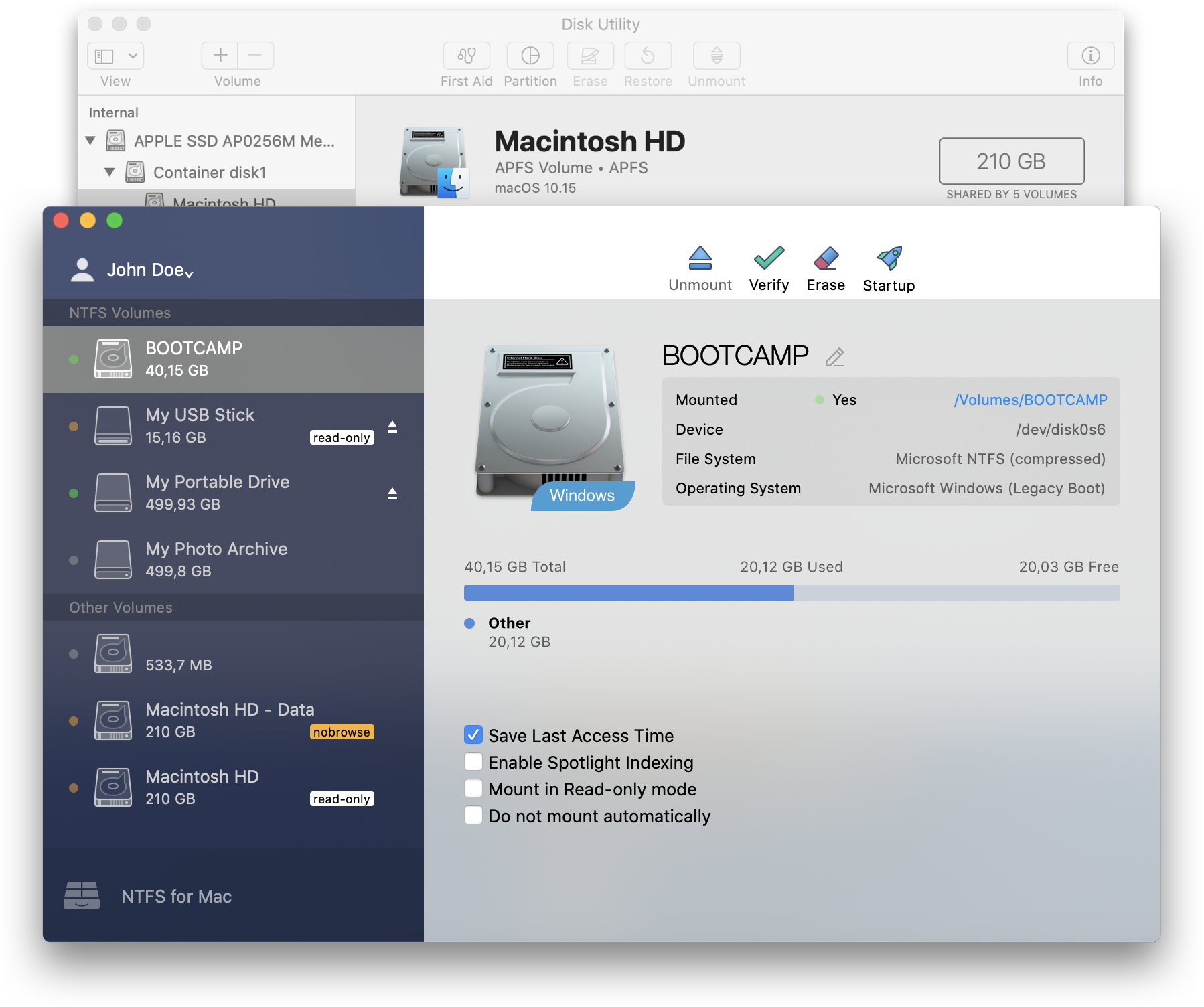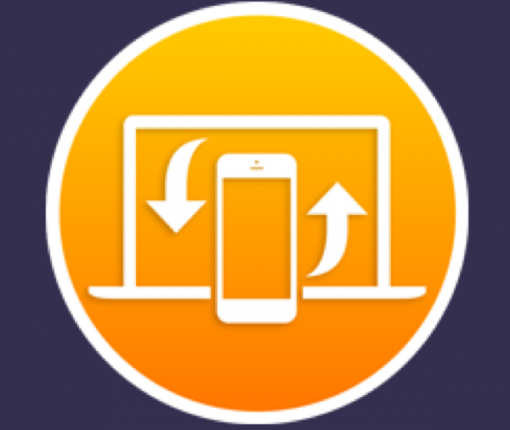Yes, you can do that. However, some commercial programs know they have been moved to a different machine and will require that you re-enter the license key. It may be better to try cloning one machine to the other.
- How To Move Apps From One Mac To Another
- How To Move Apps Certain Apps Between Macs Computer
- How To Move Apps On Macbook
Download PC transfer software to move or transfer installed apps, programs and software: In order. There is another potential option here. A little time-consuming but it does work. On your iMac, download a fee app called 'AppCleaner' (available on Google search). What AppCleaner is normally used for is when you have lost uninstallers for any app and you want to make sure everything to do with an application is fully removed. Transferring Apps to Another Mac via Mac App Store. This is the recommended and most reliable method of transferring apps: Open the Mac App Store; Click on the “Purchases” tab to list all of your installed Mac apps; Find the app(s) you want to install on the other Mac, and click the “INSTALL” button on the right.
Just connect them by Firewire cable. Boot the computer you want to copy TO into Target Disk Mode. Boot the one you will copy FROM normally. The computer in TDM will show up on the Desktop as just another hard drive.
How To Move Apps From One Mac To Another
Now use Disk Utility to clone them:
Clone using Restore Option of Disk Utility
1. Open Disk Utility in the Utilities folder.
2. Select the destination volume from the left side list.
3. Click on the Restore tab in the DU main window.
4. Select the destination volume from the left side list and drag
How To Move Apps Certain Apps Between Macs Computer

it to the Destination entry field.
5. Select the source volume from the left side list and drag it to
the Source entry field.
6. Double-check you got it right, then click on the Restore button.
Destination means the TO computer. Source means the FROM computer.
Read on to learn how to use it!Here we go.1. /how-to-test-on-pagekite-rails-app-mac.html. PageKite is a very flexible tool. Run pagekite.py for the first timeThe following command will walk you through the process of creating your first kite: $ pagekite.py -signup(On Windows, the first time you double-click on the pagekite.py icon, it will start the sign-up process automatically.)Alternately, fly localhost:80 on a name of your choice like so: $ pagekite.py 80 yourname.pagekite.meIf pagekite.py detects that you haven't signed up yet or are trying to use a new kite name, it will trigger the sign-up process automatically.This may be enough to get you started. Download pagekite.pyYou can.If you are more interested in tinkering with the source code or trying experimental versions, check out our.Note: pagekite.py version is currently optimized for web developers, and as such it is meant to be used from the command-line ( cmd.exe in Windows, or Terminal on the Mac).
Migration Assistant copies all of your files to your new Mac so that you don't have to copy your files manually.
- If your files are currently on a Windows PC, follow the PC migration steps instead.
- If your new Mac is using OS X Mountain Lion v10.8 or earlier, follow the Mountain Lion migration steps instead.
Check software, settings, and power
- Install all available Apple software updates on both Mac computers. Install any updates for your third-party apps as well.
- Make sure that your old Mac is using OS X Lion or later.
- Make sure that your old Mac has a computer name: Choose Apple menu > System Preferences, then click Sharing and check the Computer Name field.
- Connect both computers to AC power.
Connect the computers to each other
- If both computers are using macOS Sierra or later, just make sure that they're near each other and have Wi-Fi turned on. If either is using OS X El Capitan or earlier, connect them to the same network using Wi-Fi or Ethernet.
- Or connect them using target disk mode and the appropriate cable or adapter. Then start up your old computer in target disk mode.
- Or connect your new Mac to a Time Machine backup of your old Mac.
Use Migration Assistant
On your new Mac:
- Open Migration Assistant, which is in the Utilities folder of your Applications folder.
- Click Continue.
- When asked how you want to transfer your information, select the option to transfer from a Mac, Time Machine backup, or startup disk.
- Click Continue.
On your old Mac:
If you started your old Mac in target disk mode or are migrating from a Time Machine backup, skip these four steps.
- Open Migration Assistant.
- Click Continue.
- When asked how you want to transfer your information, select the option to transfer to another Mac.
- Click Continue.
On your new Mac:
- When asked to select a Mac, Time Machine backup, or other startup disk, click the appropriate icon.
- Click Continue. You might see a security code.
On your old Mac:
If you started your old Mac in target disk mode or are migrating from a Time Machine backup, skip these two steps.
- If you see a security code, make sure that it's the same code as on your new Mac.
- Click Continue.
On your new Mac:
How To Move Apps On Macbook
- Choose the backup to transfer information from.
- Click Continue.
Continuing on your new Mac:
- Select the information to transfer from the backup.
- Click Continue to start the transfer. If you have a lot of content, the transfer might take several hours to finish.

In the example above, John Appleseed is a macOS user account. If you transfer an account that has the same name as an account on your new Mac, you're asked to rename the old account or replace the one on your new Mac. If you rename, the old account appears as a separate user on your new Mac, with a separate home folder and login. If you replace, the old account overwrites the account on your new Mac, including everything in its home folder.
After Migration Assistant is done, log in to the migrated account on your new Mac to see its files. If you're not keeping your old Mac, learn what to do before you sell, give away, or trade in your old Mac.